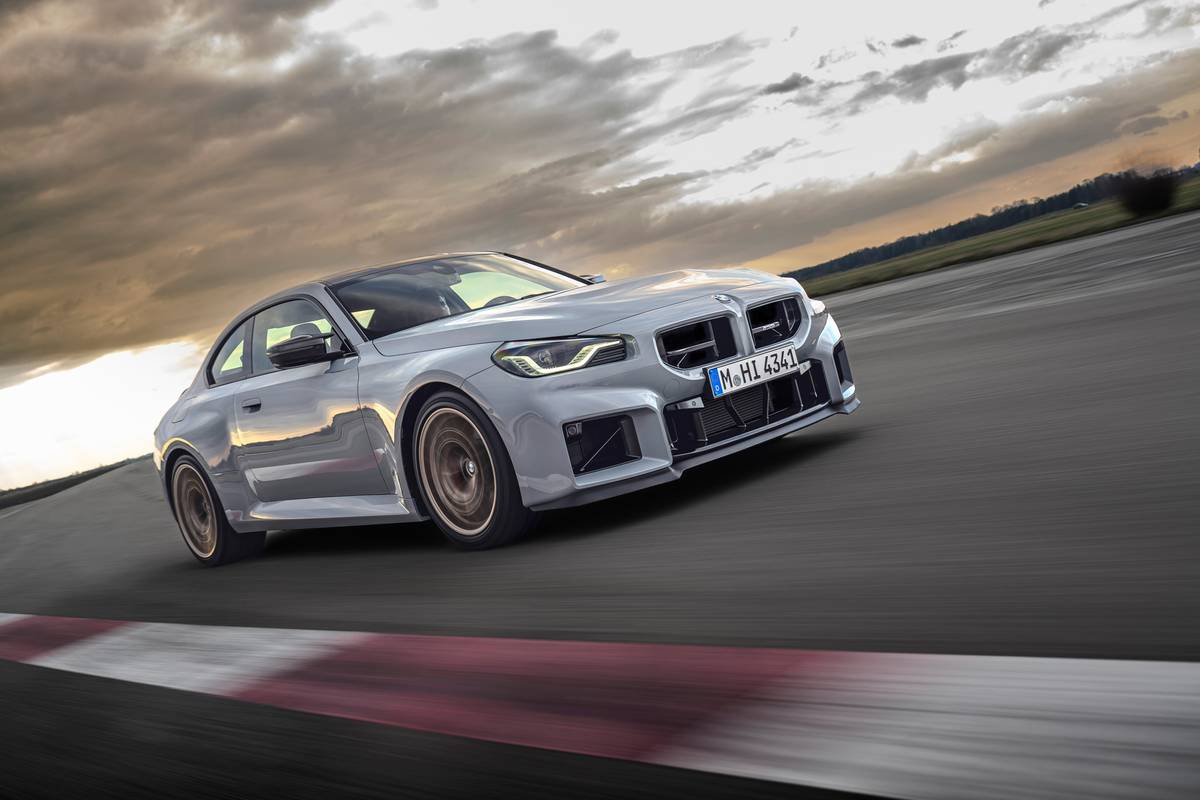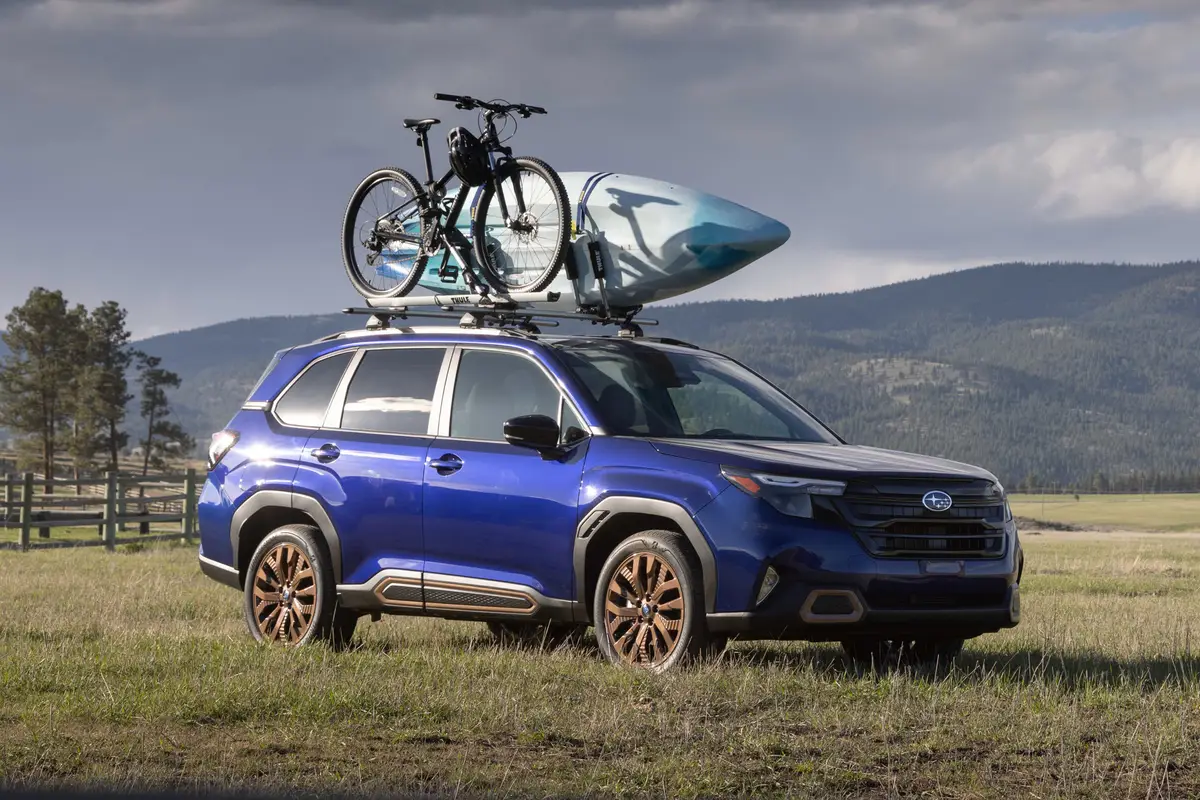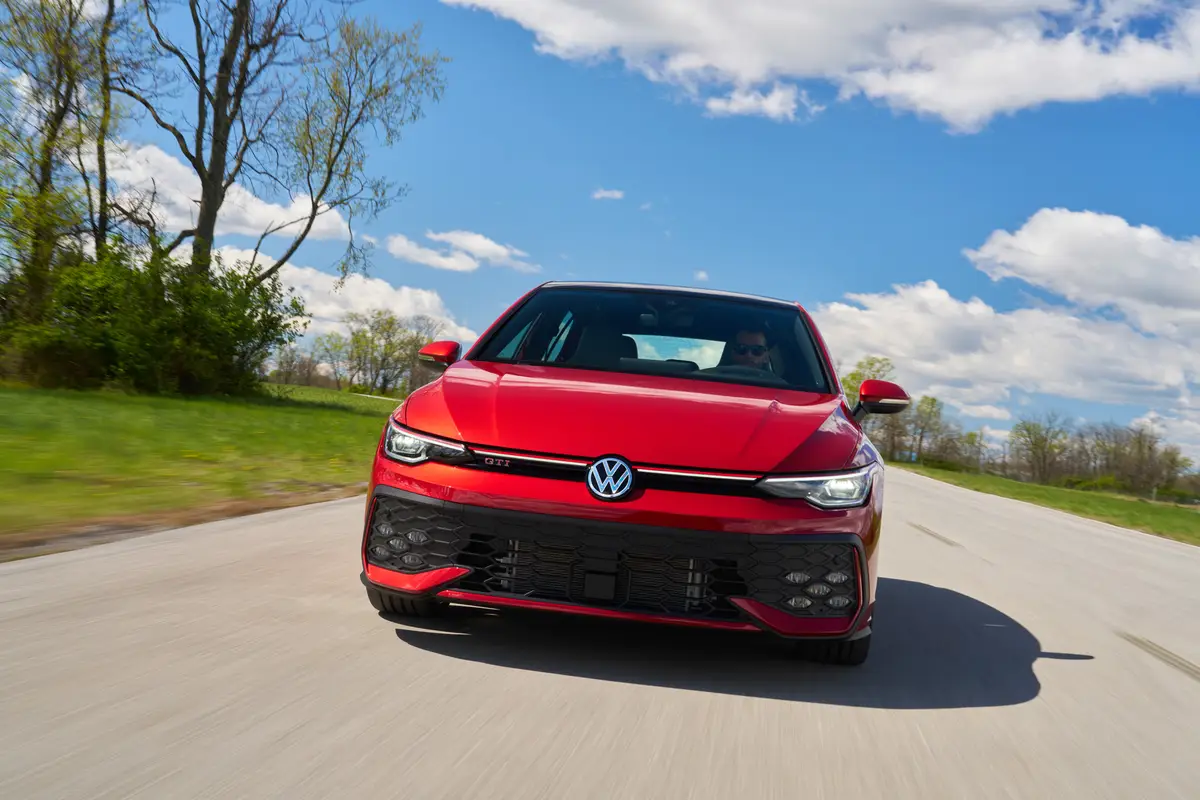The Morning Call and Mcall.com's view
The Audi 4000S Quattro is one of the most ”different” vehicles ever tested for this column. Here is a car that looks for all the world like a European sports sedan. But underneath the functional, although impressive, styling is a very innovative four-wheel drive system. That’s right, a four- wheeling sports sedan.
This does, of course, sound off-the-wall. And even more so when you consider that this vehicle has a five-cylinder engine, three differentials, five (yes, five!) driveshafts and a five-speed transmission. But it all works and it works very well at that.
From even this brief description, it becomes obvious that the Quattro is not a car for everybody. But if someone is in the market for an upscale car that runs the roads like a sports car but gets through the worst of road conditions like a utility vehicle, the Quattro could be of interest. This is not to say that the Quattro is only suited for a yuppie skier, but it certainly isn’t going to storm the market as the Model T of the ’80s.
The test car, supplied by Knopf Automotive, 3401 Lehigh St., Allentown, proved to be a very interesting car to drive, though I must admit that at first I had a little trouble defining the beast. Even after driving it, I still had to give it some thought. But the more I drove it the more I got to appreciate its finer points: For example, the idea of the Quattro constantly being in four-wheel drive (Audi calls it all-wheel drive). Now every other four-wheel drive vehicle on the market gives a choice of being in two-wheel or four-wheel drive. (When AMC introduced its Eagle several years ago, it was also a constant four-wheel drive vehicle but AMC backed off and offered the option of switching to two-wheel drive the next year.) But the Audi is permanently engaged in four-wheel drive and it was designed that way for a purpose.
Audi Chief Engineer Ferdinand Piech (grandson of Ferdinand Porsche) said that engaging and disengaging four-wheel drive alters the car’s handling, but with a permanently engaged layout, the handling characteristics do not change. Actually, you don’t have to be chief engineer at Audi to figure that one out. There is a big difference in the way a vehicle will react to changing road conditions in the two modes. Also, there is a need for a driver to make a decision when to engage (or disengage) four-wheel traction. With the Quattro, in simple Teutonic fashion, the decision is already made.
What makes this permanently engaged system so easy to take is the way the Quattro acts. It doesn’t act or handle like any other four-wheel drive vehicle (when in four-wheel drive). With its four-wheel drive and sports-tuned, four-wheel independent suspension (MacPherson struts all around), it moves around the curves with the finesse of a German touring sedan – which, of course, it is. The ride is a little firmer than that of the regular 4000S but not radi cally so. In fact, if you are carrying a passenger who does not know what the Quattro is (and there are many of them in this world), he/she wouldn’t even know it is a four-wheel drive vehicle.
As should be expected, snow traction is excellent. The test vehicle was driven into snow- and ice-covered city parking spaces (at times, up to the center of the wheel) and driven right out without any problem. The limiting factor with snow would be clearance. The Quattro has a ground clearance of about five inches and is really a pavement type of four-wheeler. But I don’t doubt someone will try driving one off the road and possibly over the river and into the trees.
Although the four-wheel system is permanently engaged, the driver does have a choice of locking differentials when the going gets extremely tough. If the Quattro starts bogging down in the snow, sand or mud, the middle differential can be locked. If that’s already bogged down, both the middle and the rea can be locked for super traction. I never got to an extreme point with the test vehicle, but Audi claims that the Quattro will have traction even if only one wheel is turning. (The front differential obviously can’t be locked since that would lock the steering.)
The Audi five-cylinder engine has been around since 1978 and is no longer a novelty. But it still is different. The engine measures 136 cubic inches (2.22 liters) and features an overhead cam, hydraulic valve lifters and CIS electronic fuel injection. It is rated at 115 horsepower at 5,500 rpm and 126 foot pounds torque at 3,000 rpm. It is a high revving engine – it redlines at 6,400 rpm – that provides very good power for all driving conditions. A close- ratio, five-speed manual transmission, the only transmission available, makes the most of this power. Play the gears right and you could go from 0-60 mph in about 10 seconds. And like other German cars, the higher gears are designed for high speed Autobahn driving (Audi claims a top speed of 116 mph). Unfortunately, we happen to be in a country with a national 55 mph speed limit. So, either drive carefully and keep an eye on that speedometer or get a good radar detector.
All things considered, fuel mileage is quite good. The test vehicle averaged 19 miles per gallon over snow- and slush-covered highways and 23 mpg over dry roads. Since the engine’s compression ratio is only 8.5:1, unleaded regular gasoline can be used.
The Quattro is rated as a subcompact (passenger/cargo volume of 85-100 cubic feet), but with a volume of 98 cubic feet it is one of the biggest subcompacts. It has a wheelbase of 99.4 inches; overall length, 176.6 inches; width, 66.4 inches; height, 54.3 inches, and curb weight, 2,824 pounds. It is about 500 pounds heavier than the front-wheel drive 4000S. Trunk space is a bit on the skimpy side at 9.7 cubic feet but storage space has been sacrificed somewhat for the large – 18.5 gallon – gasoline tank.
The two front seats are roomy and comfortable. They can be manually adjusted for a variety of positions and feature high side bolsters to keep occupants in place. The back seat is adequately sized and there is sufficient leg room for adults if the front seats aren’t extended fully back. The test car had an optional sunroof, which as all sunroofs do, cut down on head room. Instruments feature red backlighting which gives the dash a sort of airplane look at night. All in all, a nicely laid out interior.
Full price of the test car came to $18,790 (including a destination charge of $335). Definitely an upscale vehicle. Base price was $17,450 and included a whole bunch of standard equipment such as air conditioning, power four-wheel disc brakes, power steering, power door locks, power windows, spoke-type alloy wheels, electronic AM-FM stereo/cassette radio with four speakers, cruise control, rear window defogger, tachometer, quartz clock, ch ild-proof rear door locks, intermittent wipers and a nice level of trim and appointments. The test car had only two options and slide), $675.
Latest news



